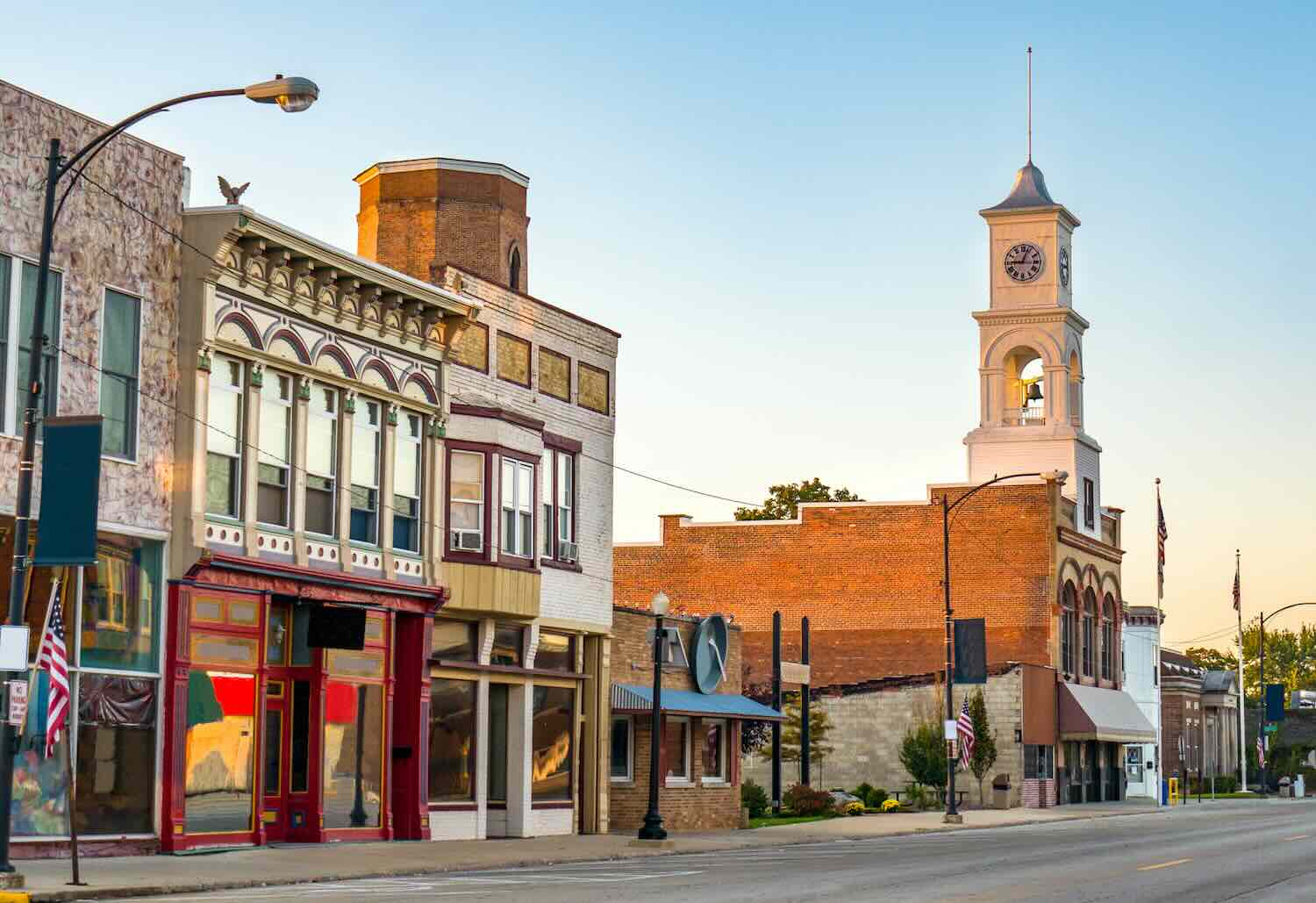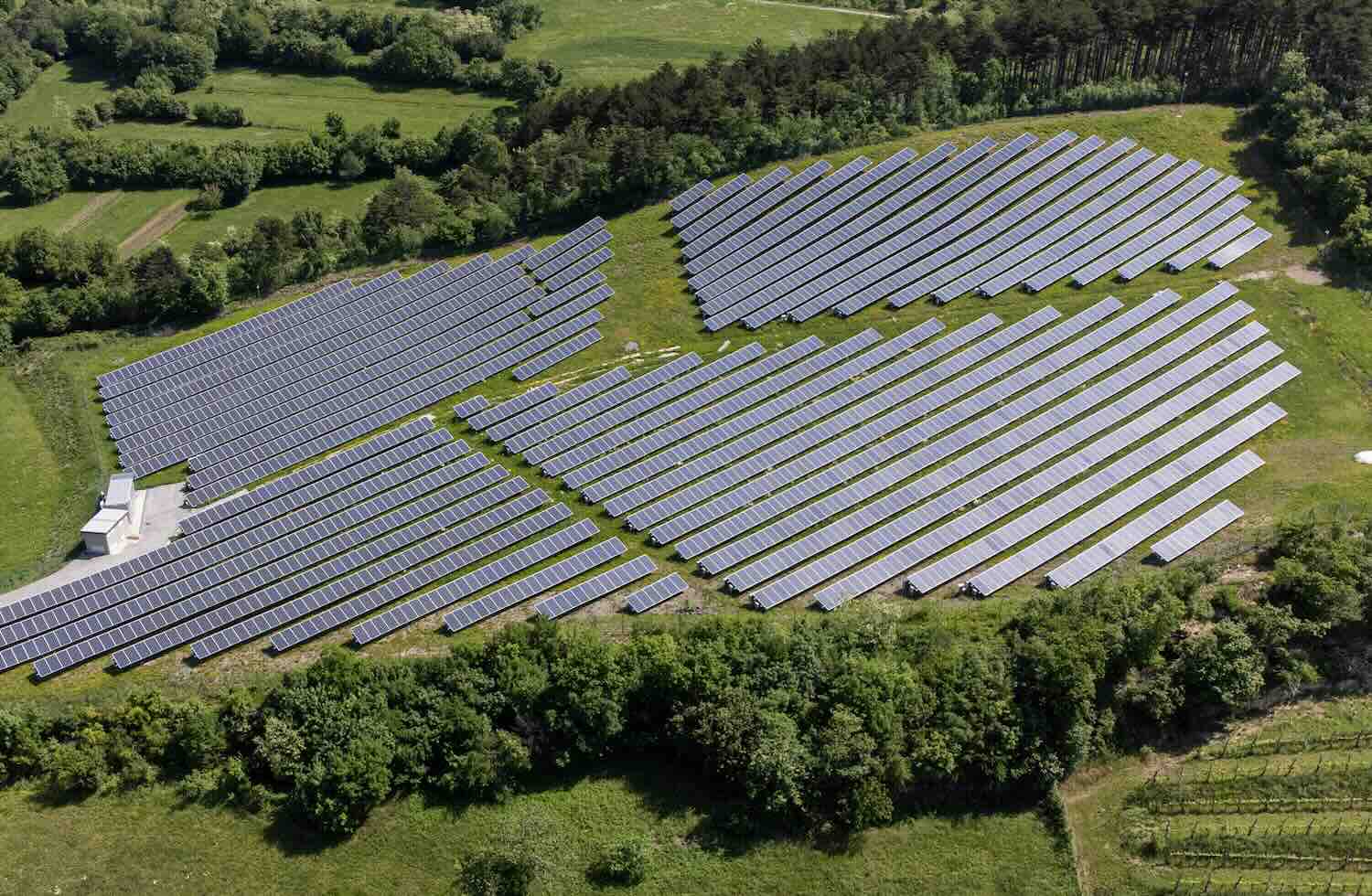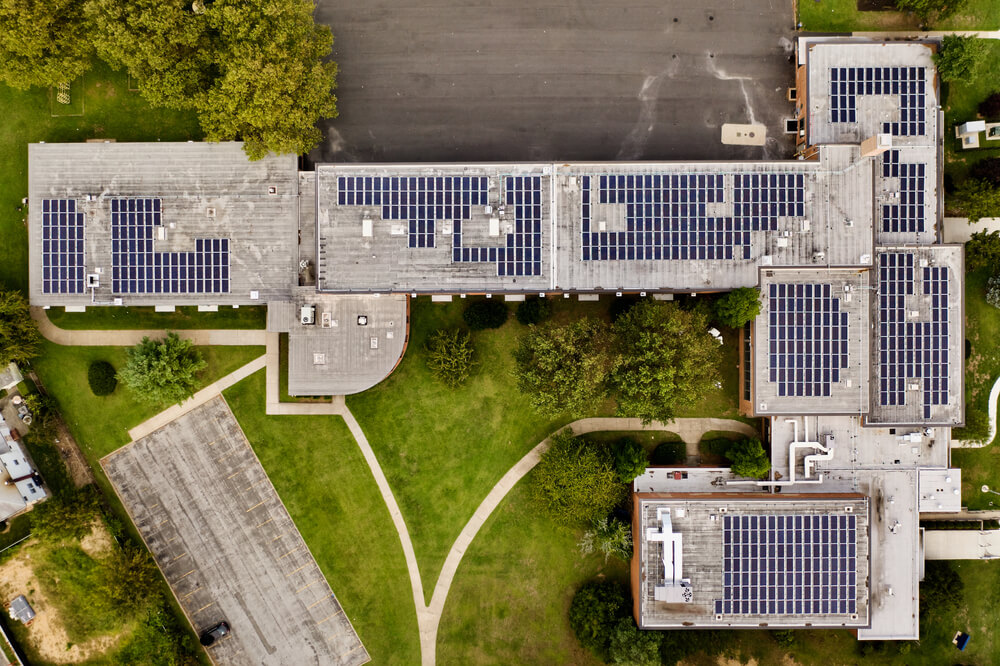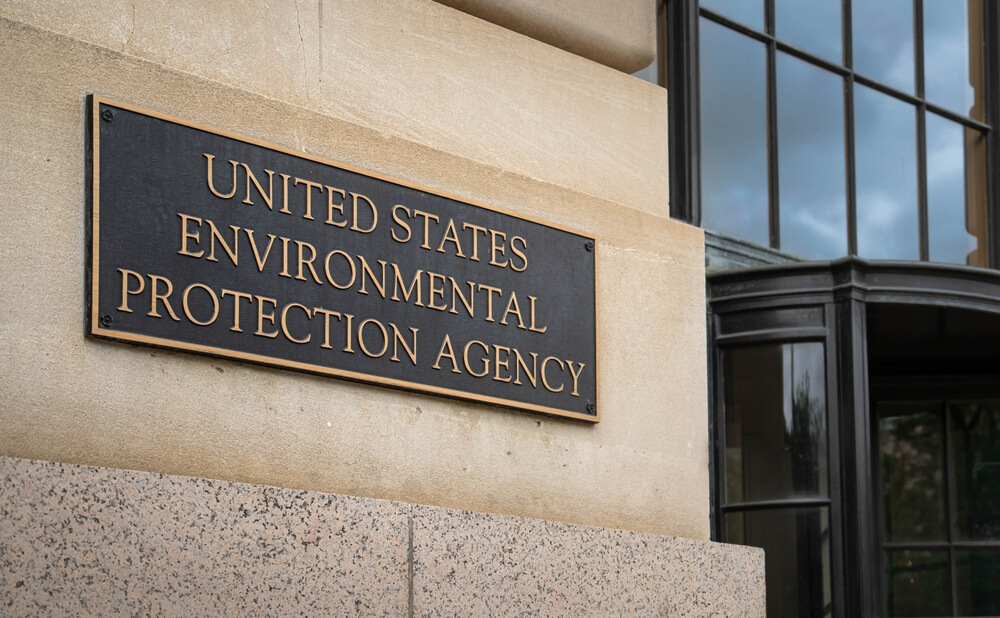The Biden administration’s “national green bank” program will come into focus today as vice president Kamala Harris and EPA chief Michael Regan are expected to award $20 billion in climate finance funds to coalitions of nonprofit lenders.
Before the funds even start to flow – likely not until the fall – the focus is shifting to bringing in outside capital to magnify the impact of the once-in-a-generation federal funds.
As reported by ImpactAlpha, awards for the $14 billion National Clean Investment Fund, or NCIF, are expected to go to three coalitions – Power Forward Communities, Climate United and the Coalition for Green Capital – that will stand up a “green bank” layer that will work with private lenders to mobilize loans for distributed clean energy, building retrofits, and zero-emission transportation.
Climate United, led by Calvert Impact, Community Preservation Corporation, and Self-Help, received the biggest award, at nearly $7 billion.
Another $6 billion will be distributed via the Clean Communities Investment Accelerator to nonprofit “hubs” that can help lenders in low-income communities boost their green lending expertise and capacity. The awardees include: Opportunity Finance Network, a membership network of community development financial institutions, or CDFIs; the Native CDFI Network; the Justice Climate Fund, organized by the Community Builders of Color Coalition; community development credit union Inclusiv, and Appalachian Community Capital.
The $20 billion, plus another $7 billion for solar projects in underserved communities still to be awarded, amount to the largest infusion of capital to date into the network of community development financial institutions and local lenders. The grants will be funneled through a network of local lenders that will make low-cost loans for projects from energy retrofits to community solar and EV charging to ensure that every place can fully participate in the energy transition.
As large as the sum is, it is only a downpayment on the vast amounts of capital required for a full throttled transition that includes communities large and small, wealthy and poor, Black, Brown and White. The EPA program prioritizes low-income and communities of color that otherwise might be left behind; 100% of the accelerator funds and at least 40% of the NCIF funds will be directed to often-neglected communities.
Climate cash
The Greenhouse Gas Reduction Fund is designed to catalyze investment by the private sector – a key goal of the EPA, along with reducing greenhouse gas emissions and benefiting underserved communities. EPA hopes to leverage the funds to drive 7x the amount in private investment, for a total of $150 billion.
Already, mission-focused groups are stepping up to structure vehicles that can leverage the federal climate funds. “GGRF is a historic investment in climate finance,” said Cat Berman of CNote on the eve of the news.
The San Francisco-based company is debuting today a product called Climate Cash that enables investors, from individuals to the largest corporations and foundations, to park some of their cash in mission-driven and minority depository institutions participating in the GGRF’s green lending. Participating institutions include Self-Help, Locus and Clean Energy Credit Union.
“Climate Cash becomes a force multiplier for GGRF” by further encouraging private capital to place their deposits with financial institutions engaged in climate resilience lending, Berman told ImpactAlpha.
As with CNote’s longstanding Impact Cash product, which splits funds across CDFIs, Climate Cash will take the legwork and administrative burden out of identifying and setting up accounts with mission-driven institutions. The Climate Cash funds are federally insured and can be parked overnight or for longer durations.
Flexible funds
In Washington DC, Opportunity Finance Network, the CDFI membership organization, is putting the finishing touches on a climate fund that is looking to aggregate capital to supplement the federal funds flowing to its members.
“We want to create a fund that’s flexible enough to allow for the use of GGRF funds so that they can be leveraged to go further,” OFN’s Harold Pettigrew told ImpactAlpha in a recent interview. “That’s where it’s important for philanthropy as well as investors to step in.”
The green fund would boost the capacity-building OFN hopes to do if it is awarded, as appears likely, a grant from the EPA’s Clean Communities Investment Accelerator. It would also round out the federal funds by enabling members to lend to areas outside of the scope of the National Clean Investment Fund, which is focused on greening buildings, transportation and energy. Lenders see adjacent projects that will need funding – for example, roof repair before solar panels can go up, or loans to small businesses offering green products and services.
The fund is modeled on OFN’s Financial Justice Fund, which raised nearly $300 million from corporations and philanthropies in the wake of the George Floyd murder. OFN awarded $8.5 million from that fund to six CDFIs in December for lending to green projects, as a first step.
“This is an unprecedented moment for our industry, but more broadly for our nation,” said Pettigrew. It’s a level of investment in green energy, infrastructure and homes “that we’ve never seen before, and perhaps never will.”
Crowding in capital
Some of the GGRF coalitions are looking to tap into large, established markets to supercharge their efforts.
Climate United, for example, aims to leverage the mortgage market for green home loans and the muni bond market to support energy retrofits for K-12 schools. The group is working with the Vermont Bond Bank to design a model that uses GGRF funds as a junior layer of capital for municipal bonds to encourage decarbonization for school buildings.
“While $27 billion is a lot of money, it’s not nearly enough to decarbonize every K-12 school building in the country and do all the other things that they are hoping to do with this program,” Calvert Impact’s Beth Bafford explained on a recent ImpactAlpha call.
Growth Opps, a local green bank in Cleveland, is leading a coalition of Midwestern cities that are vying for a piece of the Solar for All program, a third leg of the GGRF that will be awarded later this spring. The group is looking at floating muni bonds to boost their efforts.
In its announcement, the Biden administration emphasized the benefits to everyday citizens. “The grantees announced today will help ensure that families, small businesses, and community leaders have access to the capital they need to make climate and clean energy projects a reality in their neighborhoods,” said Vice President Kamala Harris.
The news comes after months of intense speculation. Dozens of groups applied to manage parts of the GGRF, in the process forming new partnerships that are reshaping the community lending ecosystem.
“This is a downpayment of public investment that will crowd in private investment to disadvantaged communities,” said Jessica Buendia of Dream.org, a nonprofit started by Van Jones that has been deeply involved in the GGRF design.
“It’s an amazing moment to be in if you want to invest in not just greenhouse gas reducing projects but in the most deserving communities in this country,” she added. “There’s so much opportunity for investors to be able to leverage the due diligence process (of lenders) and coinvest.”
This article has been updated to reflect details from the EPA’s announcement on Thursday.











